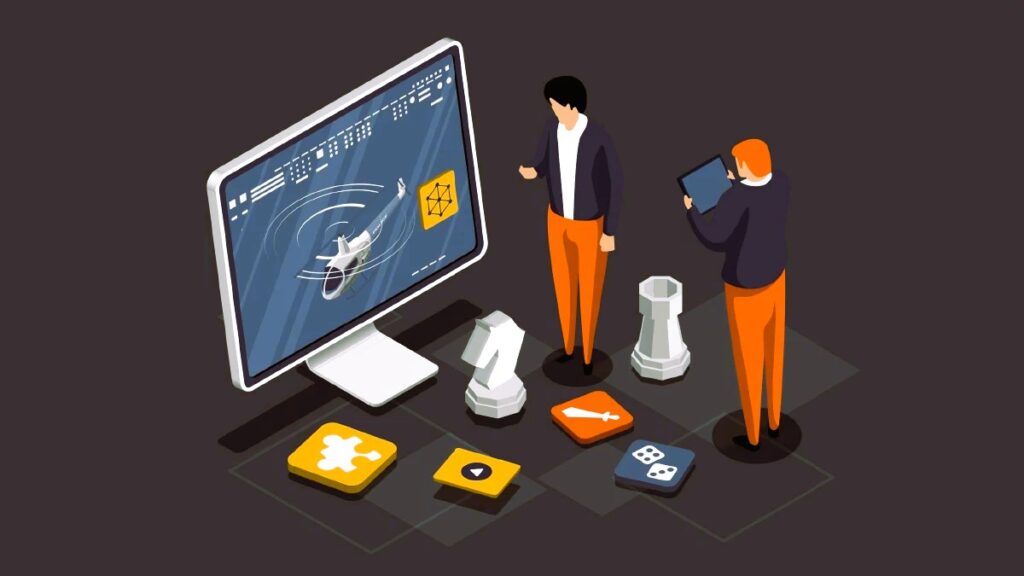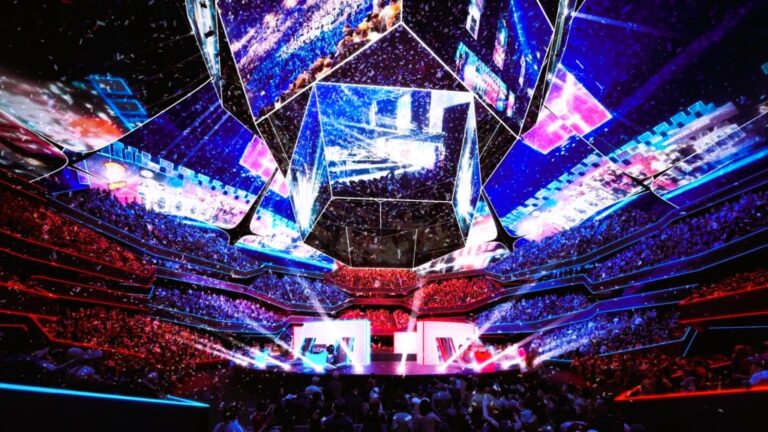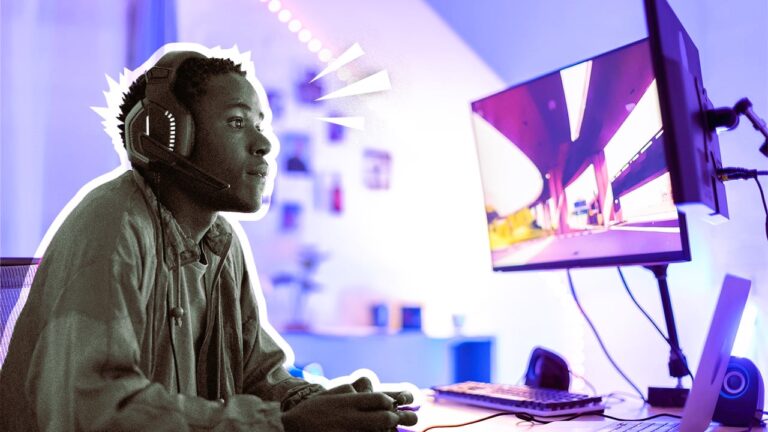So, you’ve got a killer game idea. Maybe you’ve even started prototyping, but let’s be real—without funding, your dream stays just that: a dream. Whether you’re looking for an angel investor, a gaming-focused venture fund, or a publishing deal, your presentation can make or break your chances.
Let’s break down how to craft a pitch that gets investors hyped to throw money at your project.
Why Your Presentation Matters (It’s Not Just About the Game)
Investors aren’t just gamers—they’re business people. They want to know:
- Will your game make money?
- Is there a real audience for it?
- Do you have the skills to actually finish and launch it?
Your presentation needs to convince them you’ve got the vision and the business acumen to turn your game into a profitable success.
The Perfect Pitch Deck Structure
1. Start With a Bang (The Elevator Pitch)
In 1-2 sentences, explain:
- What your game is about.
- Why it’s different.
- Why now is the right time to make it.
Example:
“Neon Rivals is a fast-paced cyberpunk battle royale with roguelike mechanics. Think Hades meets Apex Legends—but with a deep progression system that keeps players hooked.”
2. Show, Don’t Just Tell
Forget walls of text—investors want to see your game. Include:
- Gameplay clips, GIFs, and concept art to bring your idea to life.
- A short demo or trailer (even a rough prototype helps!).
3. Market Research: Prove There’s Demand
Investors love numbers. Give them data that backs up your game’s potential.
| Key Metric | Why It Matters |
|---|---|
| Genre Popularity | Show trends that prove your genre is thriving. |
| Competitor Success | Highlight similar games that have sold well. |
| Target Audience | Define your core player base and their habits. |
| Monetization Plan | Explain how your game will make money (DLCs, battle passes, subscriptions, etc.). |
4. Your Team: Why You Can Pull This Off
Investors don’t just fund ideas—they fund people. Highlight:
- Your team’s experience (past projects, skills, industry connections).
- Any big-name advisors or mentors supporting you.
- If you’re a solo dev, show how you’ll handle key areas (art, programming, marketing).
5. The Funding Ask: Be Clear and Confident

Investors need to know how much you need and what it’s for. Break it down:
- Development Costs: Paying artists, programmers, designers.
- Marketing Budget: Ads, influencers, conventions.
- Tech & Tools: Software, servers, licensing fees.
If possible, include a timeline showing when milestones will be hit. Read more about how to promote a gaming studio using interactive business offers at this link.
6. The Closing Hook: Make It Hard to Say No
End with a strong call to action. If you’re meeting in person or on a call, ask directly:
“We’re looking for $250,000 to take Neon Rivals from prototype to launch. Are you interested in discussing how you can be a part of this journey?”
If it’s a slide deck being sent out, include:
- Your contact details.
- A link to a playable prototype, if available.
Learn from the Pros
Want to see how successful indie studios secured funding? Check out case studies on Fandom to see what worked for others.




